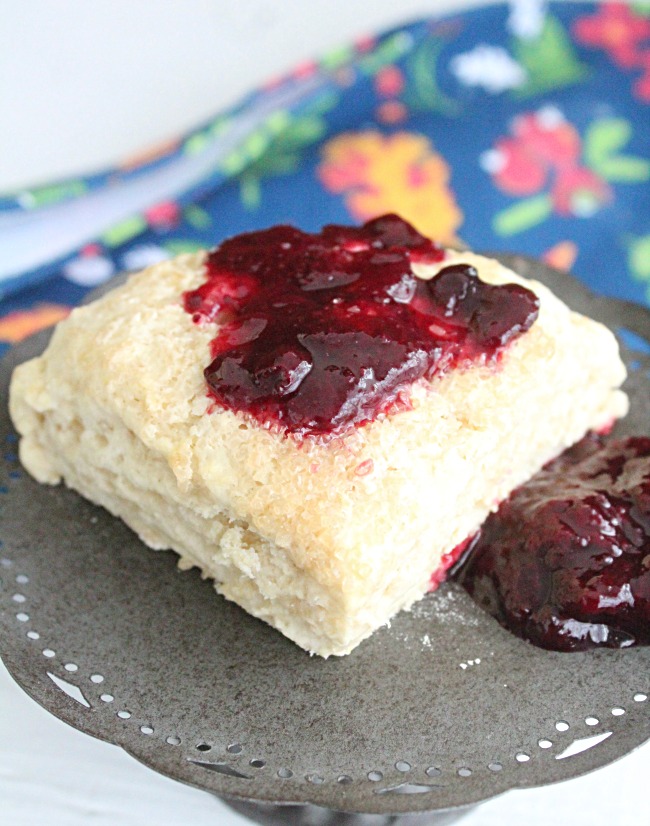10 Boomer-Era Favorites Quietly Leaving U.S. Menus

Every generation has its comfort foods, but not all of them stand the test of time. Some dishes that once filled cafeterias, family tables, and restaurant menus are quietly fading into memory. These boomer-era favorites carried a mix of convenience, thrift, and nostalgia, yet changing tastes and modern dining trends have left them behind. From gelatin molds to casserole staples, here’s a look at the classics slipping off menus but never fully out of America’s food story.
1. Jell-O Salads

Here’s the thing about Jell-O salads: they were never just about texture; they were social shorthand. Bright gelatin-framed canned fruit, marshmallows, cottage cheese, or sometimes vegetables, and showed up at potlucks, church luncheons, and school cafeterias because they were cheap, colorful, and easy to portion. Today they fade because fresh fruit and whole-food sensibilities have replaced processed gelatin mixes, and people associate Jell-O with preservatives and kitsch. That said, the technique survives when chefs use clarified fruit gels or agar to make elegant, fresh versions that keep the playful form while ditching the dated ingredients.
2. Canned Tuna Casserole
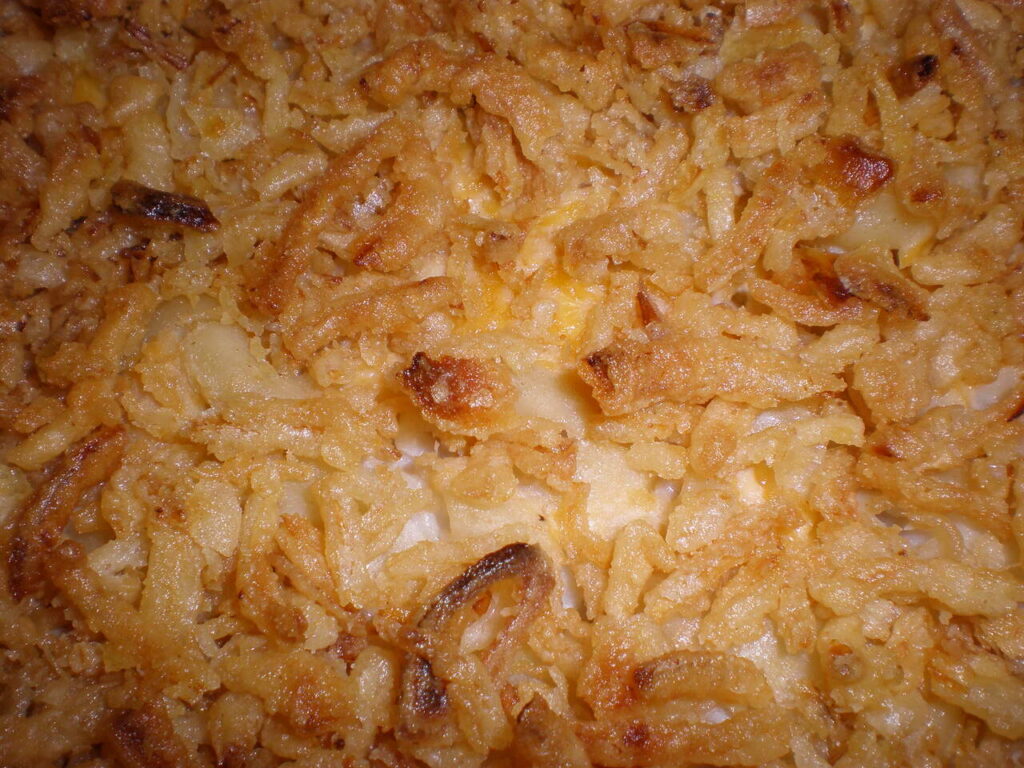
Here’s a short truth: tuna casserole was a midcentury workhorse for a reason. Canned tuna, condensed soup, and noodles mixed into a hot bake fed families affordably and quickly. It’s disappearing because modern diners expect fresher protein and less sodium, and because pantry cooking has shifted toward whole ingredients and better textures. Still, the core idea endures. Home cooks now swap premium tuna, a homemade white sauce, and a crisp breadcrumb or panko top to keep the comforting shape while improving flavor, mouthfeel, and nutrition.
3. Beef Wellington
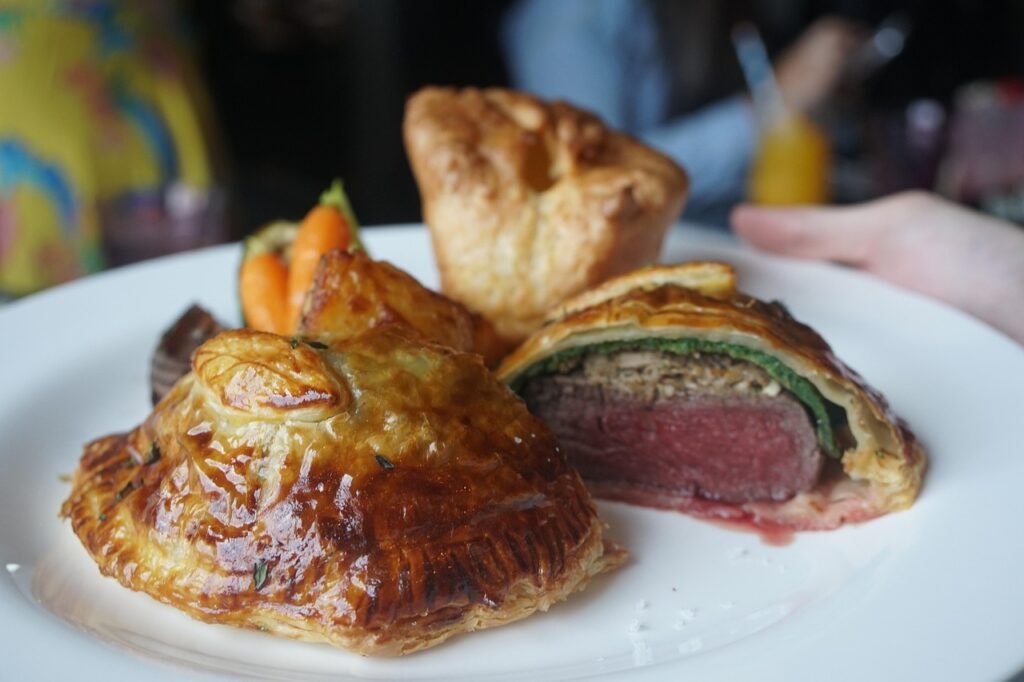
Beef Wellington reads like a ceremonial plate: beef tenderloin wrapped in mushroom duxelles and puff pastry. It’s classic theatre, but it’s labor intensive and costly in a kitchen that prizes speed and margin. There’s less room for a time-consuming centerpiece on contemporary menus that favor shareable, lower-cost proteins and global influences. That said, Wellington hasn’t vanished entirely. You see scaled versions, like single-serve wellingtons, vegetarian takes using mushrooms or squash, and restaurant specials where the dish still functions as a celebratory call-out.
4. Spam
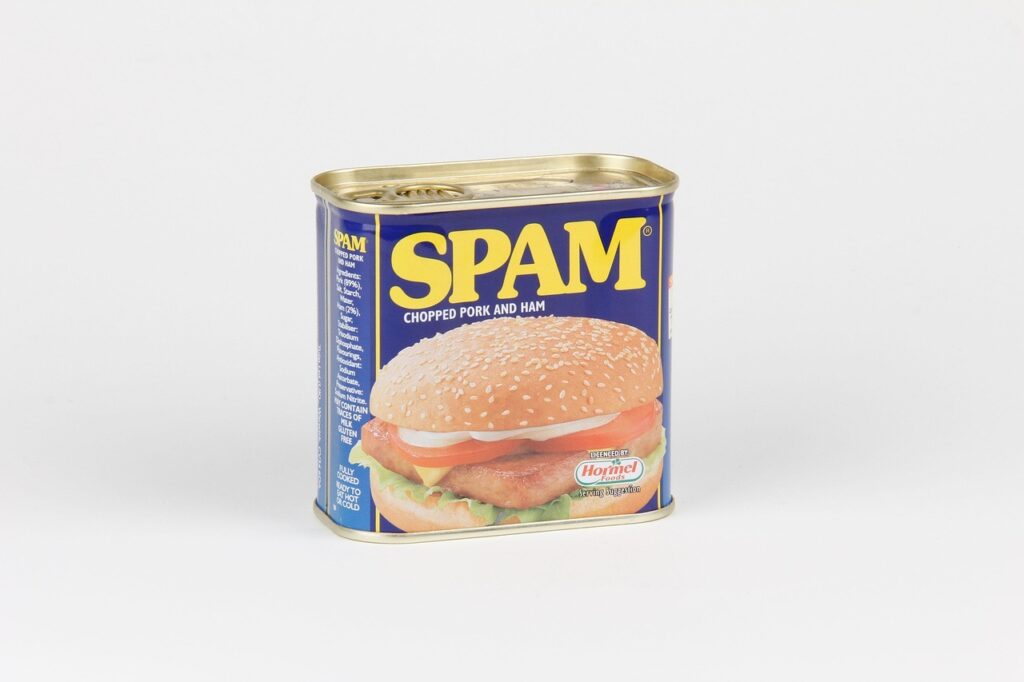
Here’s the cultural angle: Spam once represented shelf-stable convenience and wartime practicality. It showed up everywhere because it was cheap, long-lasting, and already cooked. Today it’s less common on mainstream menus because consumers favor fresh meat, label transparency, and lower sodium. Regional pockets still celebrate Spam, particularly in places with deep historical ties to the product. Chefs sometimes reclaim it now as a nostalgic ingredient, crisping slices for bowls or tacos where the cured, salty profile is used deliberately rather than out of necessity.
5. TV Dinners (Swanson-style)
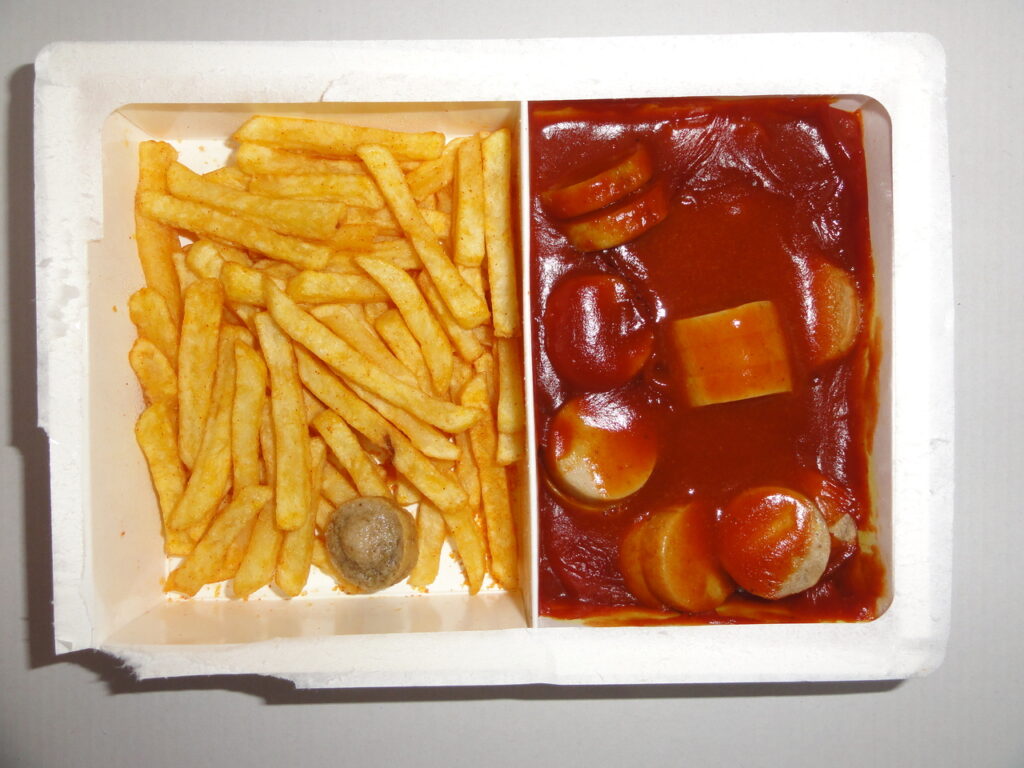
Think of TV dinners as the midcentury convenience revolution in a tray. They democratized frozen meals and fit the era’s appetite for packaged, portioned cooking. Now frozen food has evolved, and shoppers expect fresher ingredients, cleaner labels, and higher-quality frozen entrées. That leaves the old TV dinner aesthetic behind. Modern frozen meals succeed when they mimic chef techniques, use fewer preservatives, and emphasize single-ingredient clarity. The idea of ready, single-plate meals survives, but with better sourcing and more culinary ambition.
6. Chop Suey
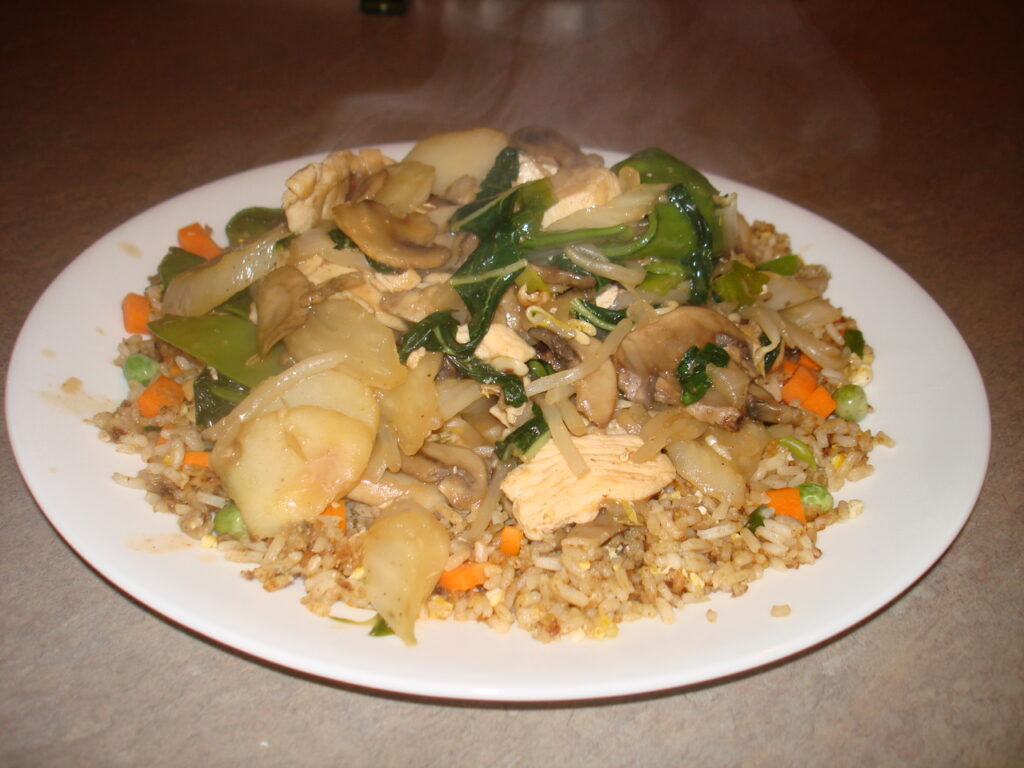
Here’s the culinary fact: Chop suey was a flexible Americanized Chinese dish built to use leftovers and appeal to Western tastes. It mixed sliced meats, vegetables, and a starchy sauce, making it a staple in midcentury restaurants and cafeterias. Its decline on mainstream menus stems from both an increased respect for authentic regional Asian cuisines and diners seeking fresher, more defined preparations. You still find the concept in comfort food venues, but authentic Chinese regional dishes and fusion plates have largely taken the place of the generic chop suey of old.
7. Cottage Cheese with Pineapple

Here’s why this one feels dated: cottage cheese topped with pineapple or canned fruit symbolizes a bygone approach to quick, protein-centric snacks. In the past it was seen as sensible and wholesome. Today, presentation, variety, and taste expectations have changed; people prefer Greek yogurt, whole fruit, or more creative bowls. Nutrition-wise cottage cheese is still excellent, but the combo with overly sweet canned fruit reads old fashioned. Chefs rescue the idea by pairing cultured cheeses with fresh fruit, herbs, and a drizzle of honey for a fresher, more balanced plate.
8. Liver and Onions

Liver and onions used to be a weeknight staple because organ meats were economical and nutrient dense. The flavor and texture are distinct, and not everyone loves them, which has limited their appeal as mass menus shifted to milder cuts. Today’s diners often avoid liver due to taste bias and unfamiliarity, while health and sustainability conversations push chefs to use these cuts more thoughtfully. They’re making a quiet comeback in nose-to-tail kitchens where liver is treated with bright acids, careful searing, and balanced accompaniments that tame intensity without masking nutrition.
9. Aspic
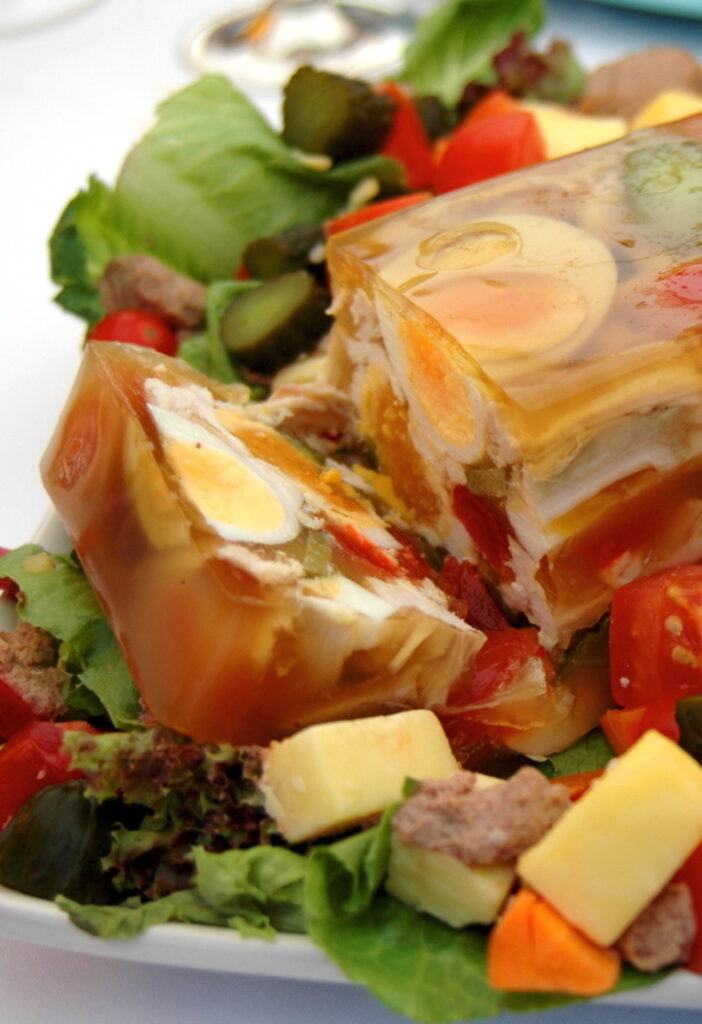
Aspic incarnated savory preservation: gelatin set around meats, vegetables, or seafood created portable, sliceable dishes that traveled well. That visual was once a dinner party showpiece. Aspic’s decline comes from changing texture preferences and an aversion to processed gelatin dishes that suggest artificiality. Contemporary cooks have reclaimed the technique in refined forms, using clarified stocks, fresh gelatin, or agar to make elegant terrines and consommé gels. The old jellied salad may be gone, but the technical skill behind aspic still informs modern cold preparations.
10. Meatloaf with Mashed Potatoes
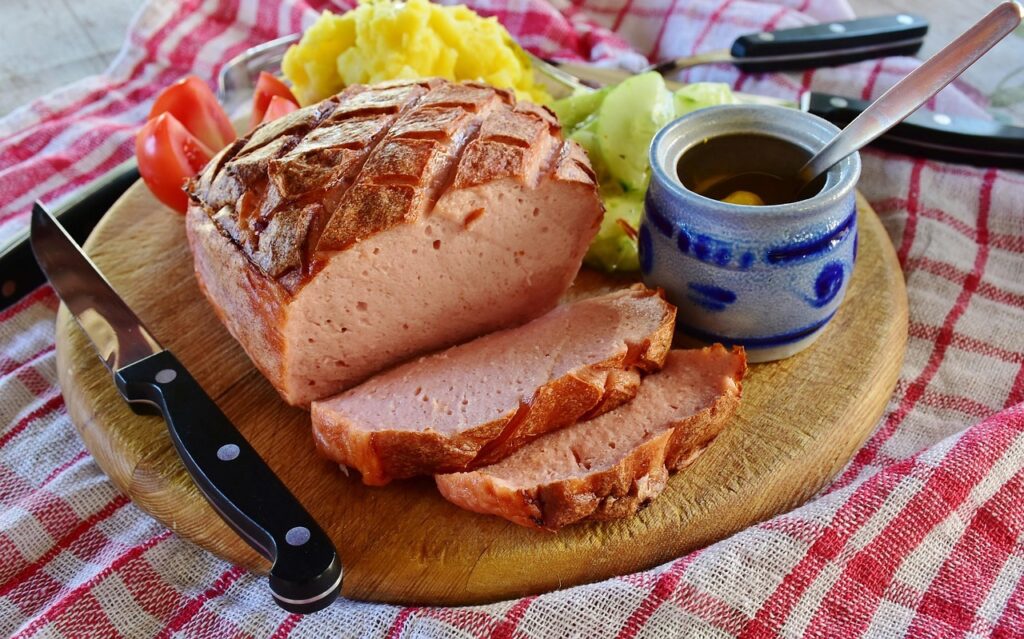
Here’s why this pairing is quietly receding: meatloaf and mashed potatoes epitomize classic comfort, but menus are moving toward global proteins, build-your-own concepts, and lighter plates. Labor costs and the desire for more shareable or Instagram-friendly dishes also play a role. Still, the core combination survives at delis, diners, and home tables because it’s filling and familiar. When it appears on contemporary menus it’s often upgraded: higher-quality ground meat blends, house ketchup or glaze, smoked elements, and whipped, cultured mashed potatoes that lift the dish without losing its comforting intent.

